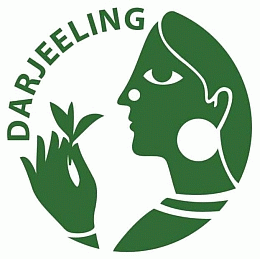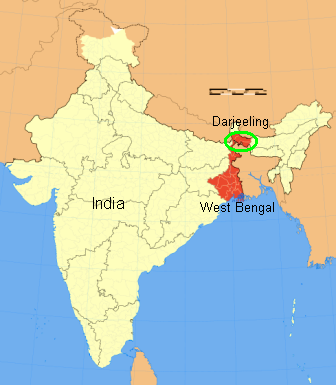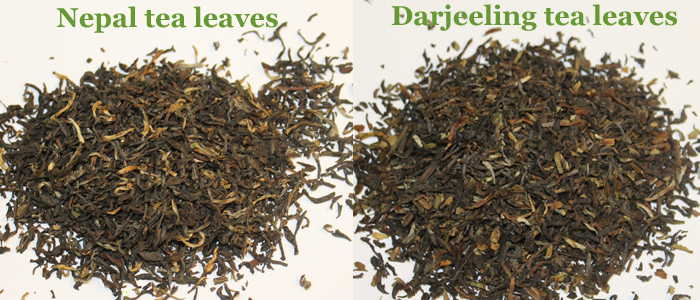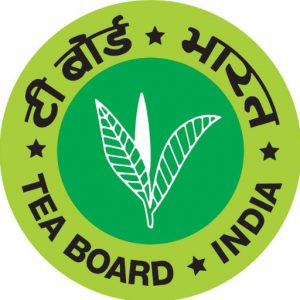What Happened?
We received a new delivery of Darjeeling teas this week. Exciting enough for me (every new delivery is a bit like Christmas) but perhaps not always a newsworthy event. However, it is worth mentioning this time because it might be one of the last arrivals of Darjeeling teas for a long time.
 Before all Darjeeling lovers start blowing into a brown paper bag, let’s have a look at the current situation.
Before all Darjeeling lovers start blowing into a brown paper bag, let’s have a look at the current situation.
Since the beginning of June this year, workers in the Darjeeling region are on strike, including all 87 tea estates. The strike is led by the Gorkha Janmukti Morcha, a political party aiming for the independence of this particular region.
For the first time in over 150 years, there were no fresh Darjeeling tea leaves sold in August/September either in auction or for private sale. All stock has been sold by now and there are no more fresh or stored Darjeeling tea leaves available anymore.
To add a bit of background to this story the reader should know that the summer harvest, the Second Flush, produces the most prized and sought after black teas in the world. There will be no Second Flush Darjeeling 2017.
Even if the workers go back tomorrow there will be very little to salvage from this years harvest because the tea bushes are overgrown and need proper plucking and pruning to produce the required quality leaves. Probably no Autumnal Darjeeling 2017 either ( the last harvest of the year).

What does that mean?
The shortage will have a significant impact on availability and price. Many tea wholesalers still have a decent amount of stock but they will not be able to withstand the temptation to raise the prices in view of dwindling stocks and increasing demands. Latest in 2018 we will see prices go up and qualities go down.
There is a significant difference between a First and a Second Flush Darjeeling regarding appearance, strength, smell, and flavour. It is impossible to replace one with the other and therefore even the new First Flush harvest in Spring next year will alleviate the situation only to a small degree. It probably will take at least another year until things will go back to normal.
The current tea shortage will sharpen another, already existing problem: the adulteration of Darjeeling teas. There is more Darjeeling tea sold each year than harvested.
An increased influx of teas from Nepal has already been recorded. The appearance of Nepalese and Darjeeling teas leaves are very similar and until the teas are tasted it is difficult to tell them apart – see image below.

Selling cheaper tea for prestigious Darjeeling is a known problem but it will become an even bigger issue the longer the strike action goes on.
For the Nepalese tea industry, however, it is a great opportunity to make a name for themselves and show the world that they can produce excellent teas as well.
Besides the obvious market fluctuations, the shortage will undoubtedly damage the Darjeeling brand.

The rights to the name are owned by the ‘Tea board of India’. In 2003 Darjeeling became the first and so far only geographically indicated tea brand worldwide (like Greek feta cheese, Parma ham, Cognac etc., for more info see here).
The strike shows that there is a fragile relationship between the local estate workers, the regional political parties, the national/international estate owners and the ‘Tea Board’ which is owned by the Indian central government. Getting all their particular interests in line is like herding cats. As a result, something has to give and this year’s losers are the estate workers (again) and the trust and reputation in the Darjeeling brand.
What to do?
Should you still have Darjeeling tea – cherish it. Get some more if you have the opportunity. Properly stored Darjeeling leaves will last a year or even longer.
Try alternatives like the above mentioned Nepalese teas which are close in appearance and flavour but do not reach the complex heights of a top quality Darjeeling.
Besides other black teas, it is well worth trying some Chinese green teas. The tea plants in Darjeeling and in most Chinese green tea producing areas are of the same origin (camellia sinensis sinensis). It doesn’t mean that there are the same but there is a good chance that you might like the mellow-fruity Mao Feng, the serious, nutty Lung Ching, the flowery Guangxi or the strong and fine bitter Gunpowder.
Take this as an opportunity to be adventurous and try something new. You might be surprised and make new friends.
Thank you for reading this far.
Martin